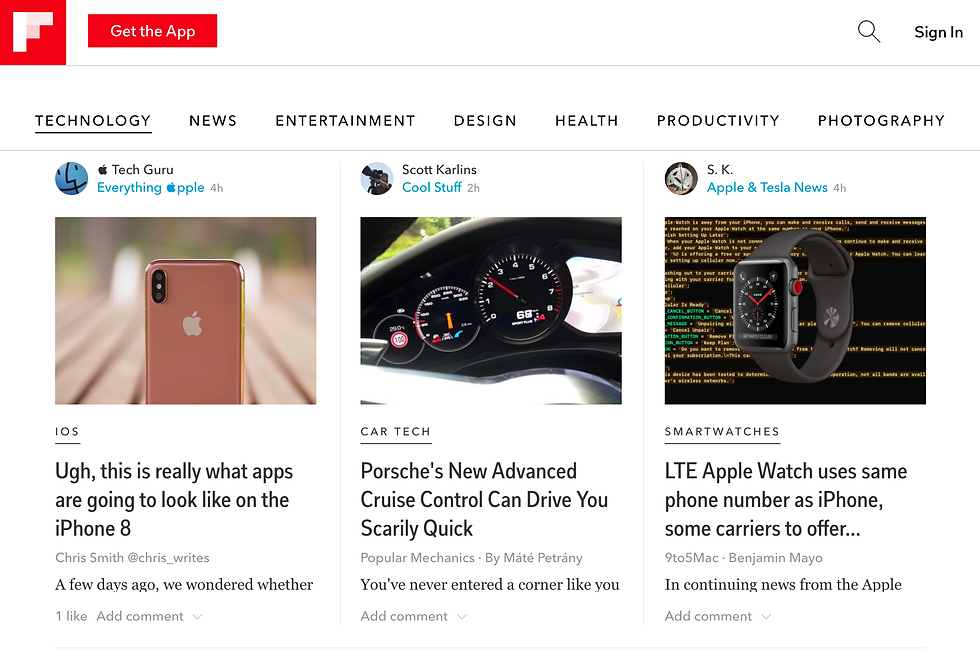Content Curation: A Necessary Skill for Future Instructional Designers
- Travis Jordan

- Sep 9, 2017
- 3 min read
Updated: Jul 20, 2019
In 2002, as I was wrapping up my Masters degree in Instructional Technology from Utah State University, one of my professors (Dr. M. David Merrill) stated: "In 10 years instructional designers will spend most of their curating content rather than creating content". First off, I wondered "what is content curation" and secondly, I wondered "where are instructional designers going to get all of this content?" Well, fast forward a few years and here we are; an age where content is created and consumed at an astounding rate. Below is the amount of content that is created every 60 seconds according to Smart Insights. Note the growth rate year to year. Stunning.

Source: http://www.smartinsights.com/internet-marketing-statistics/happens-online-60-seconds/
Based on this current trajectory, individuals will be creating, posting, uploading an enormous amount of content every day. Simply stated, we are living an era of content abundance. Therefore what? As an instructional designer, why write and create new content when someone else has probably already written it for you? Why not focus on organizing it and serving it up in a meaningful and consumable way to your learners? This will be the job of the future instructional designer.
What is Content Curation?
So, what exactly is content curation? Content curation is the process by which one sorts through the vast amounts of content and then presents it in a meaningful and organized manner. A simple content curation process includes the following three steps:
1. Gather the right content
2. Group your content by placing into like topics
2. Deliver content in the right way
Top 3 Tips for Instructional Designers to Curate Content
TIP #1: Identify your Audience and Objectives Just like standard instructional design, it is critical that you understand your audience and their objectives before curating content on their behalf. What are their learning goals? What are their interests? These long lasting principles of instructional design will help you to select, organize, and deliver the right content that elicits results.
TIP #2: Create and Organize by Topics
It is critical that you identify the right topics based on the learner's goals and priorities. Once you have identified your primary topics, chunk and place the content within the proper topics, and sequence the topics in a way that will be meaningful to your audience. Take time to find and bookmark favorite content creators that consistently write good content on a given topic. For example, it might be good to earmark Instructional Design Central (LLC), when looking for content creators related to instructional design or eLearning!
TIP #3: Design Matters
The content should be delivered in such a way that it does not overwhelm the learner. It should be visula, simple and clean. Do not deliver a long list of links. You might consider organizing the content topics by cards with a leading visual. Below is a good example from Flipboard, one the world's best content creators.

Source: https://flipboard.com/
Content Curation Tools and Resources
Below are a few recommended curation tools and resources that can help you get started in your content gathering and delivering process:
Boost HQ: The community platform for your employees to gain knowledge, share experiences and learn from each other.
Storyfy: Storify 2 gives you the tools to create the best evergreen and live blog stories, uniting traditional storytelling with engaged audiences.
Scoop.it: Create and grow your online presence in minutes by publishing curated content.
Pearltrees: A place to organize all your interests. It lets you organize, explore and share everything you like.
Author: Travis Jordan, Founder and CEO of Instructional Design Central, LLC








